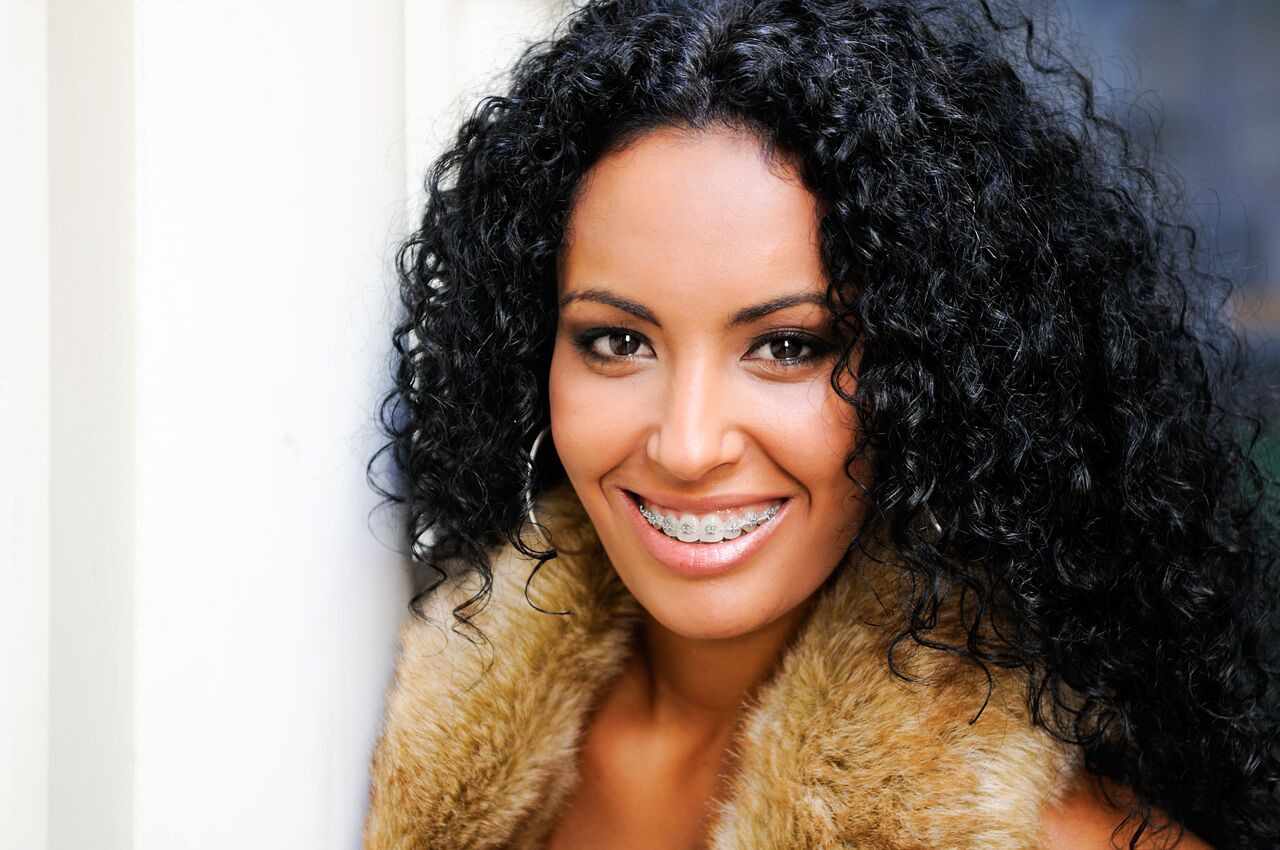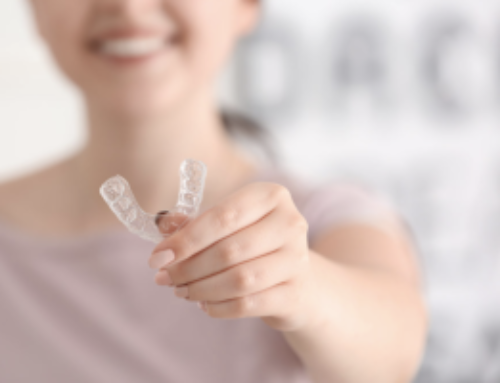 It used to be that when we’d think about braces, the image that came to mind was that of a “tween,” but in recent decades, that image has become somewhat outdated. That’s because these days nearly as many adults as kids are spending time in the orthodontist’s chair. In fact, according to the American Association of Orthodontists, the number of adults turning to orthodontics to correct shifting teeth, or simply to address a long-standing orthodontic problem, has climbed by about 40 percent since 1989. The facts are undeniable. Virtually everybody wants straight, even teeth and a beautiful smile, and to get that, you need to see an orthodontist, no matter what your age. Lamparski Orthodontics is a great option for adults who want to ensure their smile is the best it can be.
It used to be that when we’d think about braces, the image that came to mind was that of a “tween,” but in recent decades, that image has become somewhat outdated. That’s because these days nearly as many adults as kids are spending time in the orthodontist’s chair. In fact, according to the American Association of Orthodontists, the number of adults turning to orthodontics to correct shifting teeth, or simply to address a long-standing orthodontic problem, has climbed by about 40 percent since 1989. The facts are undeniable. Virtually everybody wants straight, even teeth and a beautiful smile, and to get that, you need to see an orthodontist, no matter what your age. Lamparski Orthodontics is a great option for adults who want to ensure their smile is the best it can be.
Shifting Teeth: An Over 40 Fact of Life
What’s more youthful-looking than a wide smile? Unfortunately, beginning in middle-age (around 40), our teeth have a tendency to move toward the center of the mouth, resulting in a “skinny smile” and dark spaces in the back of the mouth. The cure? Widening the arch, and braces are more than up to the task!
Add the likelihood of missing teeth, tooth grinding (bruxism) and thinning enamel, and it’s no surprise that many adults realize that in order to keep a beautiful smile going, they’ll need to consider visiting an orthodontist at some point for treatment.
Retreatments
Sometimes, people who had their teeth straightened in their youth find that their teeth have begun to revert to their original placement. That’s the reason Dr. Lamparski stresses the importance of wearing a nighttime retainer after having your teeth straightened. Teeth, as strange as it may seem, actually have a memory, and that memory results in their trying to move back into their old positions. Unfortunately, many young people can’t resist the urge to ditch their retainers at some point or maybe they lose them and don’t bother to order replacements, which ultimately result in regression in the form of shifting teeth.
How are Adult Orthodontics Different?
Orthodontics for adults is apt to be a bit more involved than it is for middle-schoolers, and that’s due to something known as “biomechanical limitations”, a term that refers to the fact that the biology of a child’s mouth and the biology of an adults mouth are likely quite different. Children have bones that are still growing while an adult’s bones are fully developed and quite hard. In addition, an adult may have suffered some bone loss and the tissue inside the mouth is undeniably older and less pliable. Adults may also have other complications like mild gum (periodontal) disease, and smaller amounts of bone in between the roots of the teeth, all of which can make teeth more resistant to movement or at least a bit slower to move into the correct positions. And because mature bone doesn’t respond in the same way as bone that’s still growing, closing off gaps caused by missing teeth can be challenging.
Adult patients also have a higher risk of developing temporomandibular joint disorder (TMD) and symptoms like jaw pain or headaches can develop during conventional orthodontic treatment. Your orthodontist will weigh the risks for this possible complication and make treatment decisions accordingly.
On the plus side, if you’re an adult, you’re probably a lot more likely to take careful note of your orthodontist’s instructions (like careful brushing and flossing, and faithfully wearing your retainer after your teeth have been realigned.) That’s because you understand that doing so is vital to achieving optimal results, which is, after all, your ultimate goal — to end up with the best, most attractive smile possible!
Lamparski Orthodontics knows that having a beautiful smile as an adult is important. If you’re ready to start orthodontic treatment, contact us at 724-224-8288 for a complimentary consultation. Dr. Lamparski will work with you to find a straightening option that works for your lifestyle. We can’t wait to meet you!


